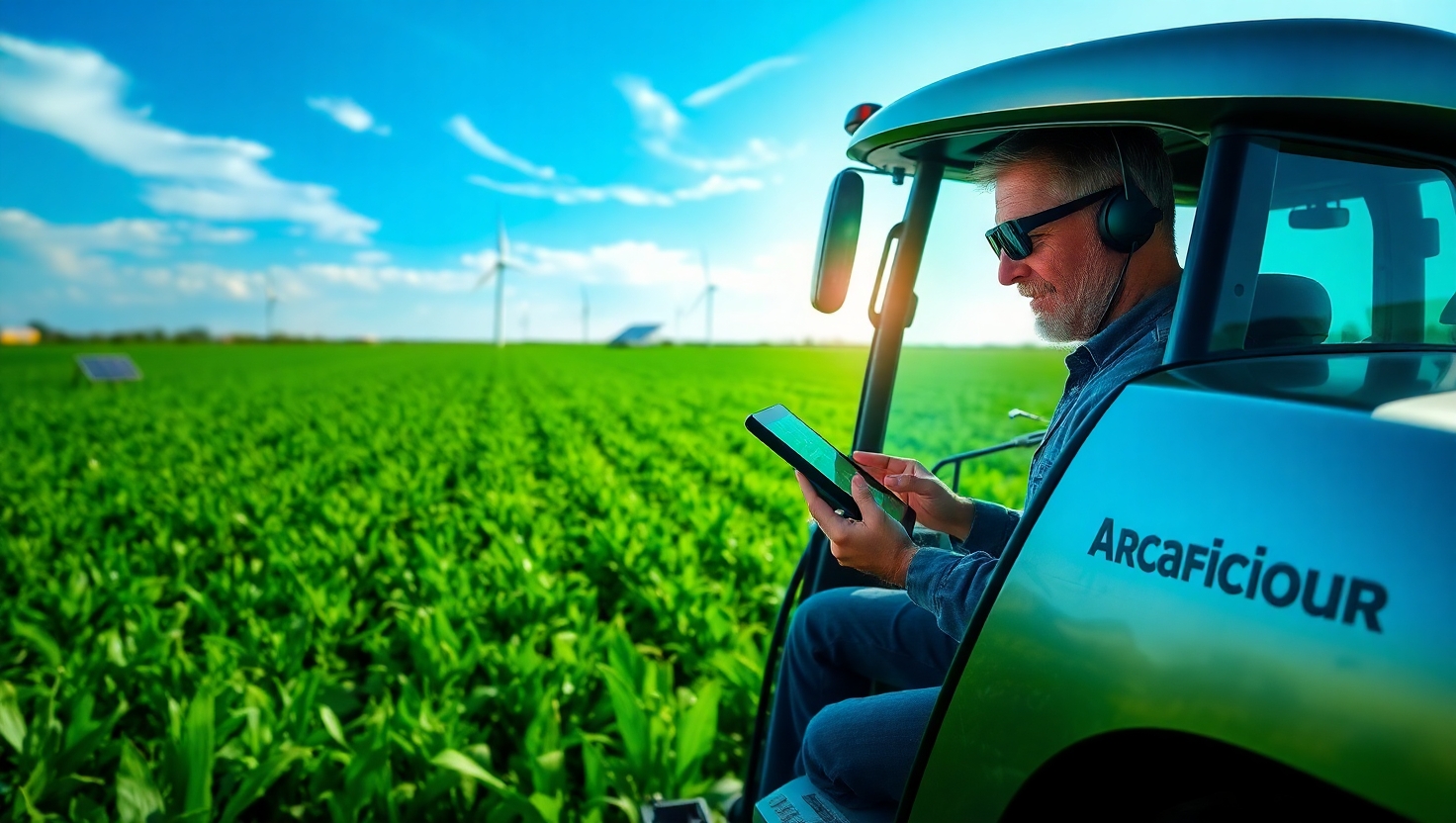The Use of Big Data in Precision Agriculture
In recent years, the agricultural sector has undergone a quiet but profound transformation. The integration of big data into farming practices—known as precision agriculture—has enabled farmers to make more informed decisions, optimize resource use, and improve crop yields with remarkable efficiency. Unlike traditional farming, which often relies on broad, uniform approaches, precision agriculture leverages data to tailor actions to the specific needs of each field, plot, or even individual plant.

Understanding Precision Agriculture
Precision agriculture is a farming management concept that uses technology to observe, measure, and respond to variability in crops. By collecting and analyzing vast amounts of data—from soil conditions and weather patterns to plant health and machinery performance—farmers can apply water, fertilizers, and pesticides more precisely, reducing waste and environmental impact.
At the heart of this approach is big data: the immense volume of structured and unstructured information gathered from sensors, satellites, drones, and farm equipment. When processed and interpreted correctly, this data provides actionable insights that help farmers work smarter, not harder.
How Big Data Enhances Farming
1. Soil and Crop Monitoring
Advanced sensors and imaging technologies collect real-time data on soil moisture, nutrient levels, and crop health. Drones and satellites capture high-resolution images, allowing farmers to detect issues like pest infestations or water stress early. Machine learning algorithms analyze this data to recommend precise interventions, ensuring that resources are used only where needed.
2. Predictive Analytics for Weather and Yield
Big data enables predictive modeling, helping farmers anticipate weather changes, disease outbreaks, or potential yield fluctuations. Historical weather data, combined with current forecasts, allows for better planning—whether it’s adjusting irrigation schedules or deciding the optimal time for planting and harvesting.
3. Precision Application of Inputs
Rather than uniformly applying fertilizers or pesticides across an entire field, precision agriculture uses variable-rate technology (VRT) to adjust applications based on data-driven maps. This minimizes chemical runoff, lowers costs, and supports sustainable farming practices.
4. Automation and Smart Machinery
Modern tractors and harvesters equipped with GPS and IoT (Internet of Things) sensors generate vast amounts of operational data. This information helps optimize routes, reduce fuel consumption, and automate tasks like planting and spraying, improving overall efficiency.
The Benefits of Data-Driven Farming
- Increased Efficiency – By targeting only the areas that need attention, farmers save time, labor, and resources.
- Higher Yields – Data insights lead to better crop management, resulting in healthier plants and improved productivity.
- Sustainability – Reduced chemical use and optimized water consumption contribute to environmentally friendly farming.
- Cost Savings – Precision techniques lower input waste, translating to better financial outcomes for farmers.
Challenges and Considerations
While the potential of big data in agriculture is immense, there are hurdles to widespread adoption. Small-scale farmers may face barriers such as high technology costs, lack of technical expertise, or limited internet connectivity in rural areas. Data privacy and ownership concerns also arise, as farmers must decide how their information is stored and shared.
However, as technology becomes more accessible and user-friendly, these challenges are gradually being addressed, paving the way for broader implementation.
The Future of Farming
The marriage of agriculture and big data is still evolving, with innovations like AI-driven decision support systems and blockchain for supply chain transparency on the horizon. As more farms embrace these tools, the industry moves closer to a future where food production is not only more efficient but also more sustainable.
Precision agriculture, powered by big data, represents a harmonious blend of tradition and innovation—a gentle revolution that respects the land while harnessing the power of information to cultivate it wisely.
Would you like to see more examples of how specific farms are implementing these technologies? Let us know in the comments.